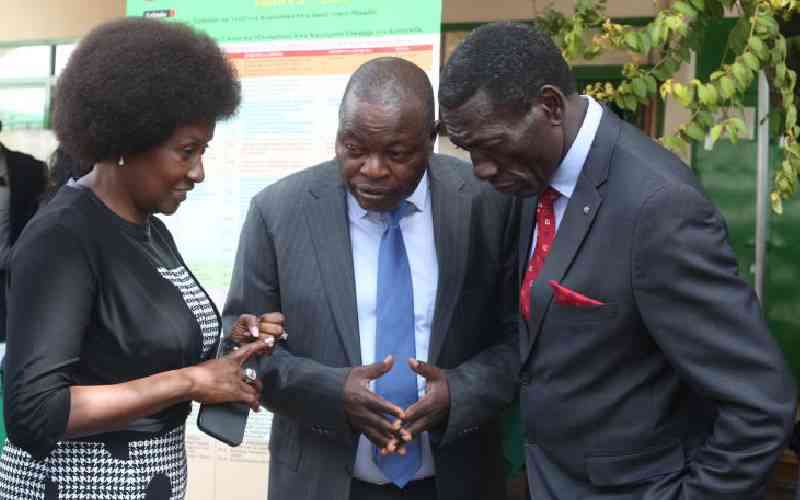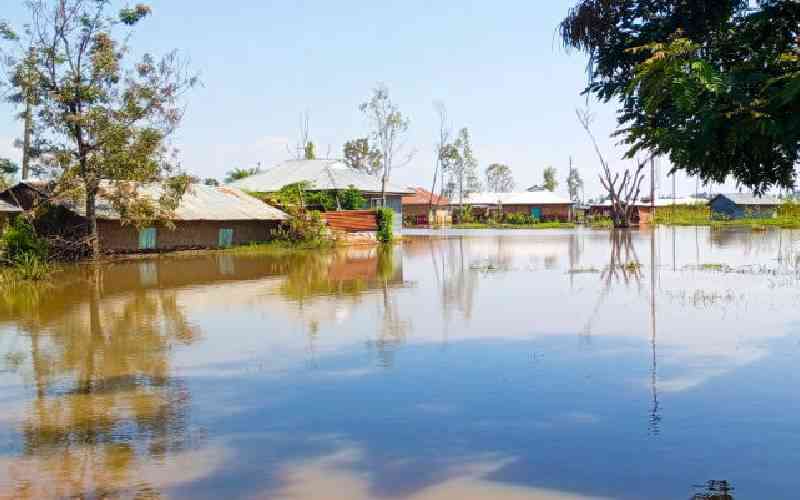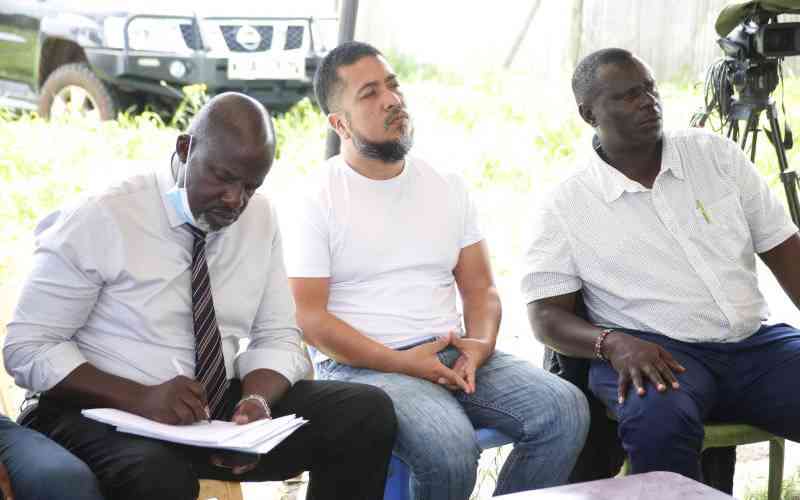NAIROBI: Sober and calm discussions are such a rare thing in Kenya. The debate about exorbitant secondary school fees has not been an exception.
At the centre of the spat is the intention by the Cabinet Secretary for Education Jacob Kaimenyi to gazette fee guidelines in keeping with the recommendations of the Kilemi Mwiria report.
In a bid to understand and possibly rein in the punitive fees charged by secondary schools, the Government set up the Task Force on Secondary School Fees in February 2014.
The committee was as consultative as one would expect a fact-finding mission to be.
Its own composition straddled the corporate world, school management teams, teachers’ unions, think tanks, parents, religious bodies, non-government organisations and ministry officials, among others.
In methodology and scope; data was gathered through interviews with students, head teachers, Members of Parliament, Governors, senators, religious leaders, parents, representatives of the private sector and donors,Ministry of Education officials, Teachers Service Commission, Higher Education Loans Board and the Kenya National Examinations Council.
This process, we are told, culminated in a national validation workshop held on July 7, 2014.
“The views gathered as well as the analysis of quantitative data related to actual expenses in a secondary school, were used to compute the realistic cost of secondary education for day and boarding secondary schools,” the task force report notes at page xv.
As a Kenyan caught in the crossfire of propaganda, denials and disinformation, I find it difficult to understand how teachers’ unions would even risk a mere perception that they are against the lowering of unreasonably high amounts of school fees.
Yet as it is, teachers’ unions are breathing fire and threatening brimstone should the Cabinet Secretary gazette the guidelines.
Doing so without declaring their interest would be cruel and mischievous. If they had reservations, they should have raised them in the letter of transmittal dated August 26, 2014.
The letter of transmittal states that the task force report offers realistic a unit cost for secondary education and good practices drawn from across national and international case studies.
I have seen dissenting members of other teams write minority reports to express genuine disagreements. One of the factors that contribute to exorbitant fees was found to be numerous levies which are often not well justified and poor accountability by school managements.
In the case of Pangani Girls High School in Nairobi, cited as a best practice case study, it was found that the school sticks to prudence in financial management. This, we are told, involves judicious use of every single cent paid to the school by sensitising all players in the school and procurement of quality items at the most competitive prices.
Kenya National Union of Teachers chairman Mudzo Nzili has accused the Cabinet secretary of selective implementation.
Stay informed. Subscribe to our newsletter
True, it dissuades the haphazard building of additional schools, encourages prudent use of bursary schemes, use of student labour in light cleaning (oh we used to dig during my time but, okay, that was child labour); but surely, children can clean their own classes and dorms! But Mr Nzili will agree that there is no way the report can be implemented in its entirety all at once.
Let us start with the low-hanging fruits.
If Pangani can keep their girls in Nairobi within the set guidelines, others can.
The excuse peddled that schools have to employ extra teachers is just that; a ruse.
The average cost increase to employ ten extra teachers at a national school would come up to Sh560.
Those who now mercilessly fleece parents went to school when people still had humanity. Show others the same consideration and you will be blessed. Amen.
 The Standard Group Plc is a
multi-media organization with investments in media platforms spanning newspaper
print operations, television, radio broadcasting, digital and online services. The
Standard Group is recognized as a leading multi-media house in Kenya with a key
influence in matters of national and international interest.
The Standard Group Plc is a
multi-media organization with investments in media platforms spanning newspaper
print operations, television, radio broadcasting, digital and online services. The
Standard Group is recognized as a leading multi-media house in Kenya with a key
influence in matters of national and international interest.
 The Standard Group Plc is a
multi-media organization with investments in media platforms spanning newspaper
print operations, television, radio broadcasting, digital and online services. The
Standard Group is recognized as a leading multi-media house in Kenya with a key
influence in matters of national and international interest.
The Standard Group Plc is a
multi-media organization with investments in media platforms spanning newspaper
print operations, television, radio broadcasting, digital and online services. The
Standard Group is recognized as a leading multi-media house in Kenya with a key
influence in matters of national and international interest.









